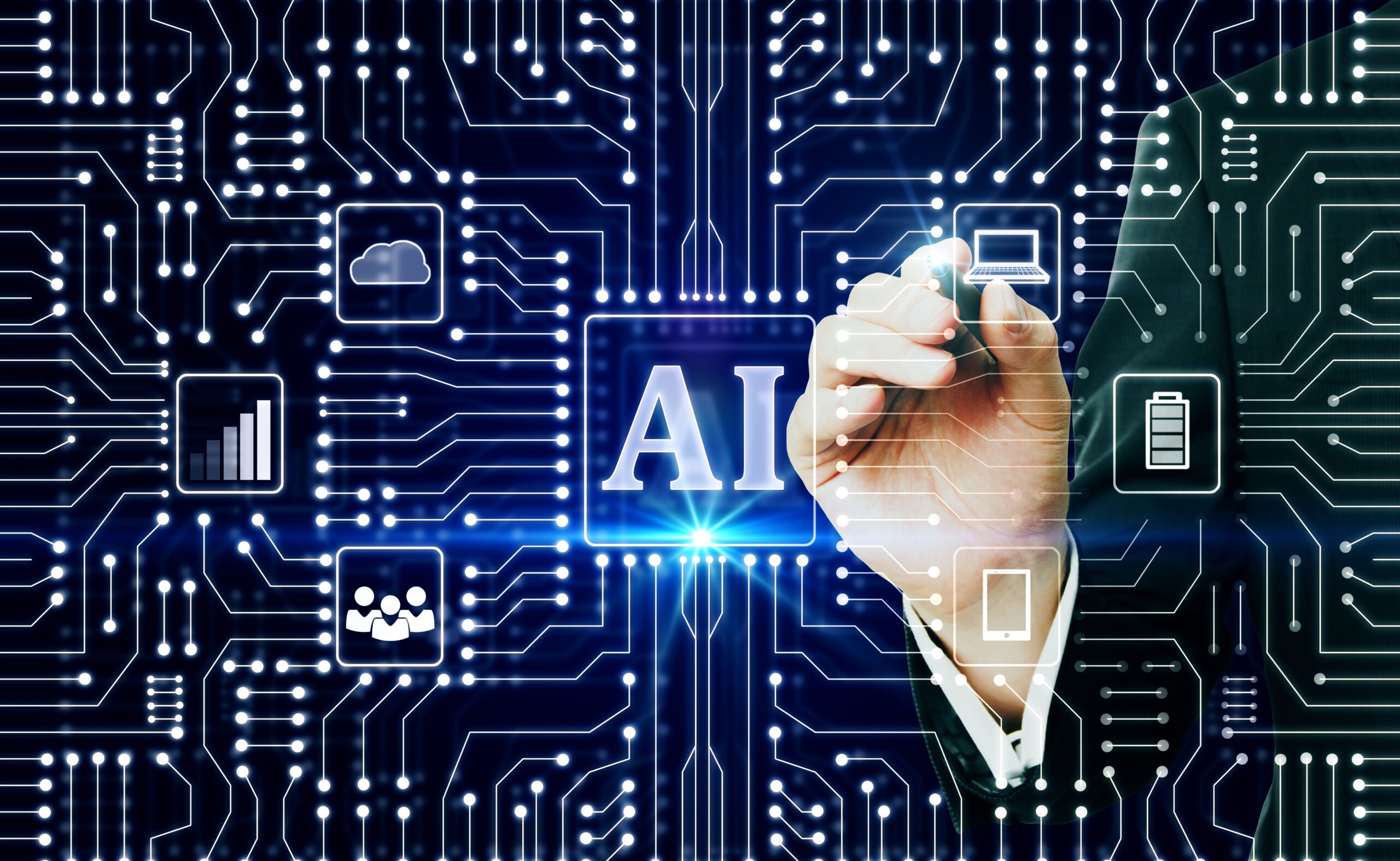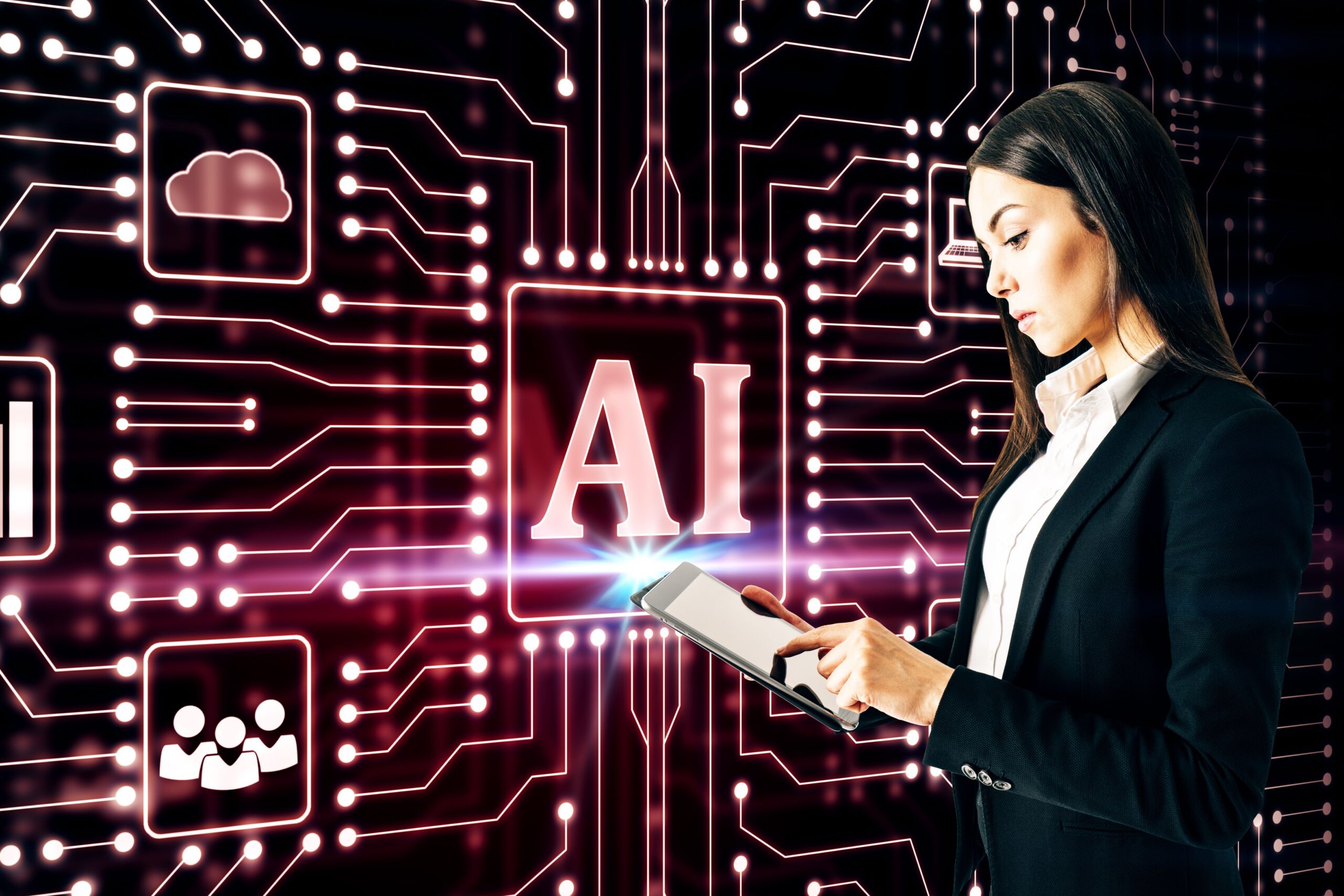
Have you ever asked yourself this question: Can machines truly understand humans? Is AI to human communication possible?
Well, if you haven’t, then start thinking about it because this is not science fiction anymore but becoming a part of our reality. We are now living in a world where AI to Human communication is becoming an essential part of human lives. We see AI almost everywhere in our lives, from searching out the closest coffee shop on Google Maps to cars being made by robots in factories. So let’s delve deeper into the topic of whether machines can actually understand humans.
Defining understanding in the context of AI

When we talk about understanding, we actually mean how people usually think and grasp certain information, ideas, feelings, and words. Humans don’t only process information; they interpret it, adding emotions and contextual understanding to it.
But when it comes to AI, the procedure works differently. It’s largely about responding to data in a way that mimics human behavior. Artificial intelligence is powered by machine-learning algorithms. It enables AI to recognize patterns and make decisions based on them. Whether the system has to make a decision to convert AI text to human text or it is about AI text detection and plagiarism remover, everything is decided based on data and models we introduce to the systems.
Advancements like NLP (natural language processing) enable machines to interpret and respond to human language understandably. It can predict consumer behavior by looking at patterns in previous actions.
Capabilities of machines in understanding humans
In understanding human behavior, language, and emotions, AI has made significant developments. They have done it through advancements in natural language processing, or NLP, emotional recognition, and adaptive learning technologies.
NLP is the main part, and it stands at the forefront of enabling machines to interpret human language. It also helps facilitate interactions between humans and machines. Through this, chatbots can easily understand queries, respond conversationally, and become a support for customer service.
The technology of emotional recognition further extends AI’s understanding. This is done when AI analyzes the voice tones and facial expressions to gauge emotions. AI then offers and gives responses that are more contextually appropriate and enhance the user experience in interactive applications. But there’s still a little gap, as the machines cannot accurately copy the human style.
Adaptive learning through machines takes place when these algorithms analyze vast and huge amounts of data to learn human behaviors and preferences. This enables personalized content recommendations, adaptive learning environments, and predictive texting. Case studies include streaming services that adapt to user preferences and learn from daily routines.
Despite these advancements, machines are still working on the process to fully understanding humans and the intricacies of human behavior and emotion. Even though they can mimic to a certain degree, achieving the depth of human empathy and intuition still remains a future goal.
AI to human interaction perspective
Understanding AI to human interaction requires looking at how people perceive and engage with AI systems, particularly those designed to understand human behavior.
One of the major areas where we see AI to human interaction is in customer service, where chatbots are designed to converse with humans. These can understand and respond to human queries.
Another interesting and fascinating sector where we see AI to human interaction is the therapy and mental health sector. These AI systems are designed perfectly to recognize patterns in users’ speech or text messages that can indicate stress or depression. These are the only few examples that support this perspective.
While some users appreciate the AI and human interaction, others might feel uneasy. It’s a matter of choice and personal thinking.
The limits of machine understanding
It’s crucial to keep in mind the limitations of AI, especially when it comes to mimicking human-like understanding. And for that, you need to understand this concept. Emotions are not only about overt expressions; they also involve subtle cues and context, which AI struggles to decode accurately. For instance, sarcasm and humor are particularly challenging for AI. As it is stored with only particular and specific data, it often fails to do so.
AI also fails to respond to social cues like facial expressions, body language, and tone of voice. As it is largely dependent on algorithms, it cannot fully interpret these social cues.
So if we think about the statement again: can machines truly understand humans, The answer will be a straight no. Why? As it is based on learning algorithms, it lacks the human qualities of empathy, intuition, and the ability to read between the lines. AI’s understanding remains superficial, thus unable to replace the human power of understanding and interaction.
In a nutshell,
While considering all this, we have come to the conclusion that AI cannot entirely replace humans. It can mimic the human style, but it cannot entirely replace it. The superpower humans have is unique and irreplaceable. The ways to interpret and respond to each scenario in our daily lives are different, and we cannot entirely rely on AI as it is based on learning algorithms and only taught to respond to specific amounts of data for a certain period of time. This is still the future goal of the machines: to completely copy the human style.



